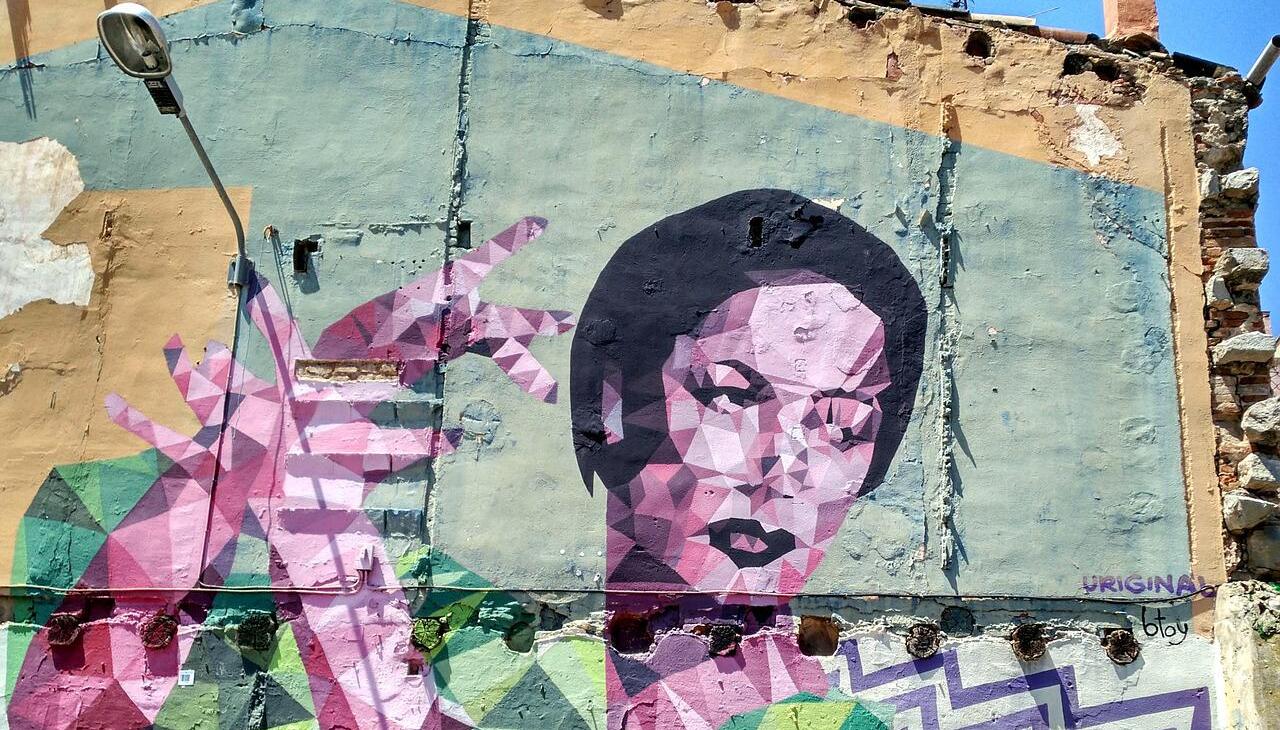
II International Congress "All the women who live in me”
In the midst of this meeting, which took place in person and virtually from Philadelphia, a talk was held on the current challenges of migrant women in the U.S.
"The world is wide, but in the 21st century it should not be alien,” said Professor Alba Carosio.
Between April 20 and 22, 2022, the second edition of the International Congress "All the women who live in me,” a meeting with training and reflective activities around themes of interest to women's health and well-being, was held at Esperanza College in Philadelphia, PA.
"The main objective is to serve as a platform for female empowerment and well-being, making voices and experiences known, regardless of latitude and thus be a starting point for the construction of a training and reflective space from and for women," it is pointed out on the website of the Comprehensive Center for Mother Earth Women, the organization that produced the event.
Migrant Women
During the third and final day of this congress, the main theme revolved around the drama of migrant women, especially the challenges they must face today.
In a valuable presentation, given by Venezuelan Professor Alba Carosio, a researcher in feminist studies and Latin American thought, who directs the Venezuelan journal of Women's Studies, published by the CEM of Venezuela, an X-ray was presented that exposes the difficult situations that these women must go through to try to lead a dignified life without forgetting their roots.
“There are economic reasons, displacement, family reasons, the search for new horizons, possibilities for personal growth, but there are also general trends that draw female migration in the world. Sorrows and expectations that shape the future for women in their diversity and in the opportunities in leaving (their home countries), mobility and reception,” said Professor Carosio.
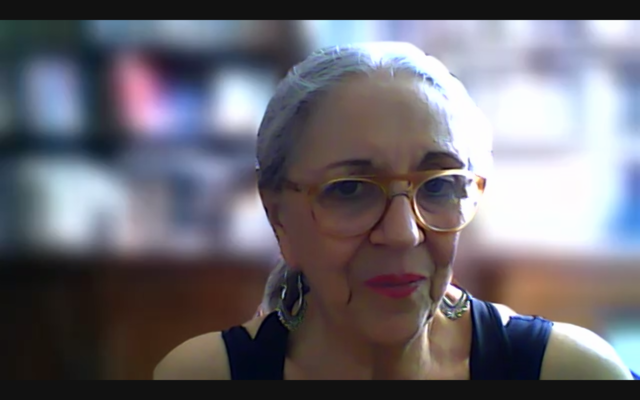
Migrant Women’s Figures
According to UN Women data shared by Carosio, the female gender represents almost half of the 244 million migrants and half of the 19.6 million refugees in the world. In addition, the remittances these women send improve their families' livelihoods and health while helping to strengthen the economy.
With information from 2020, it is estimated that 19% of walkers from Venezuela are minors, and 25% are women, of which 3.7% are pregnant.
RELATED CONTENT
Other figures that must be taken into account for the actions of these women in their transit through the world are:
- Migrants, especially women, have higher labor force participation rates than non-migrants, 72.7% vs. 63.9%.
- It is estimated that one in six domestic workers in the world are international migrants, where women represent 73.4% out of the total of these employees.
Factors that Lead to Migration
Professor Carosio also highlighted what she considers to be “push and pull factors,” which are the triggers that lead these women to leave their countries and embark on this journey around the world in search of better conditions. Among the most important are:
- Economic factors: Unemployment, precariousness, low wages.
- Sociopolitical factors: Ethnic, religious, racial, political, or cultural persecution and gender violence.
- Environmental and war factors: Natural disasters and wars.
- Cultural factors: Search for better educational opportunities.
- Family factors: The longing for a reunion between separated family members.
Carosio also socialized some data from the International Organization for Migration (IOM) on the "four main reasons" why migrants arrive in the United States:
- They seek better living conditions.
- They escape situations of family and community violence.
- They try to reunite with their families.
- They are looking for a job that allows them to financially support their children.
Carosio also highlighted that, according to the IOM, in Latin America 50.1% of migrants are women, which means that they currently migrate in greater numbers than men.
Double Discrimination and Challenges
Professor Carosio also referred to the double discrimination that migrant women face, where racism and xenophobia are serious problems that they must deal with on a daily basis, while anti-immigrant sentiment continues to rise in various countries around the world.
With this gray panorama for migrants, the challenges that arise are:
- Preserve their cultural heritage, without this meaning being marginalized or segregated.
- Participate in the new society, finding ways to interact with the culture of the country that hosts them and with its social dynamics.
- Maintain their physical and psychological stability during and after the acculturation process.
Carosio concluded her presentation by stressing that these challenges can be overcome with less trauma if migrant women rely on the efforts of various networks, which are nothing more than "the bonds of solidarity and the bonds of expected trust that serve as sources of social capital and that allow their members to access, among other benefits, economic and cultural resources and special humanitarian aid.”




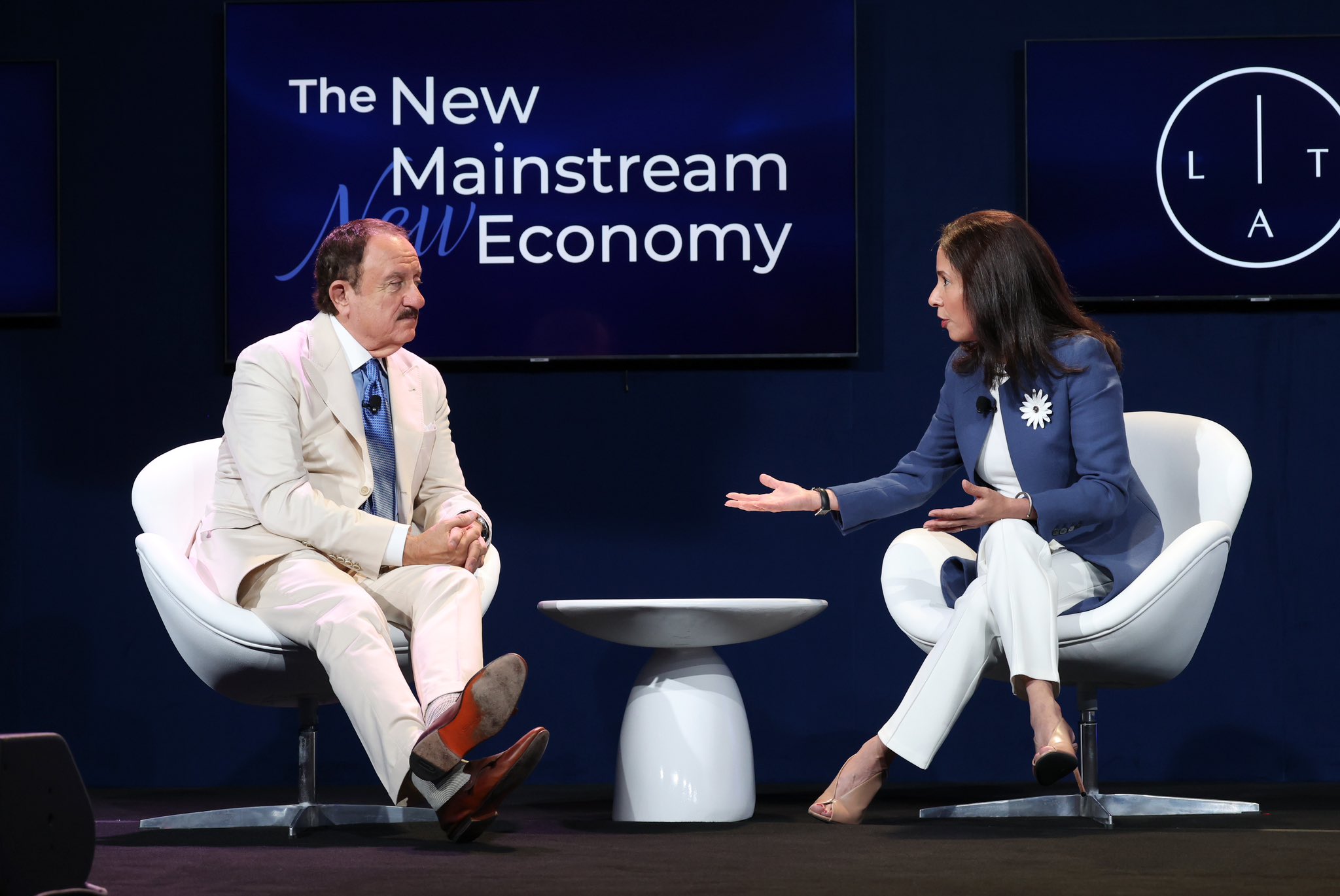



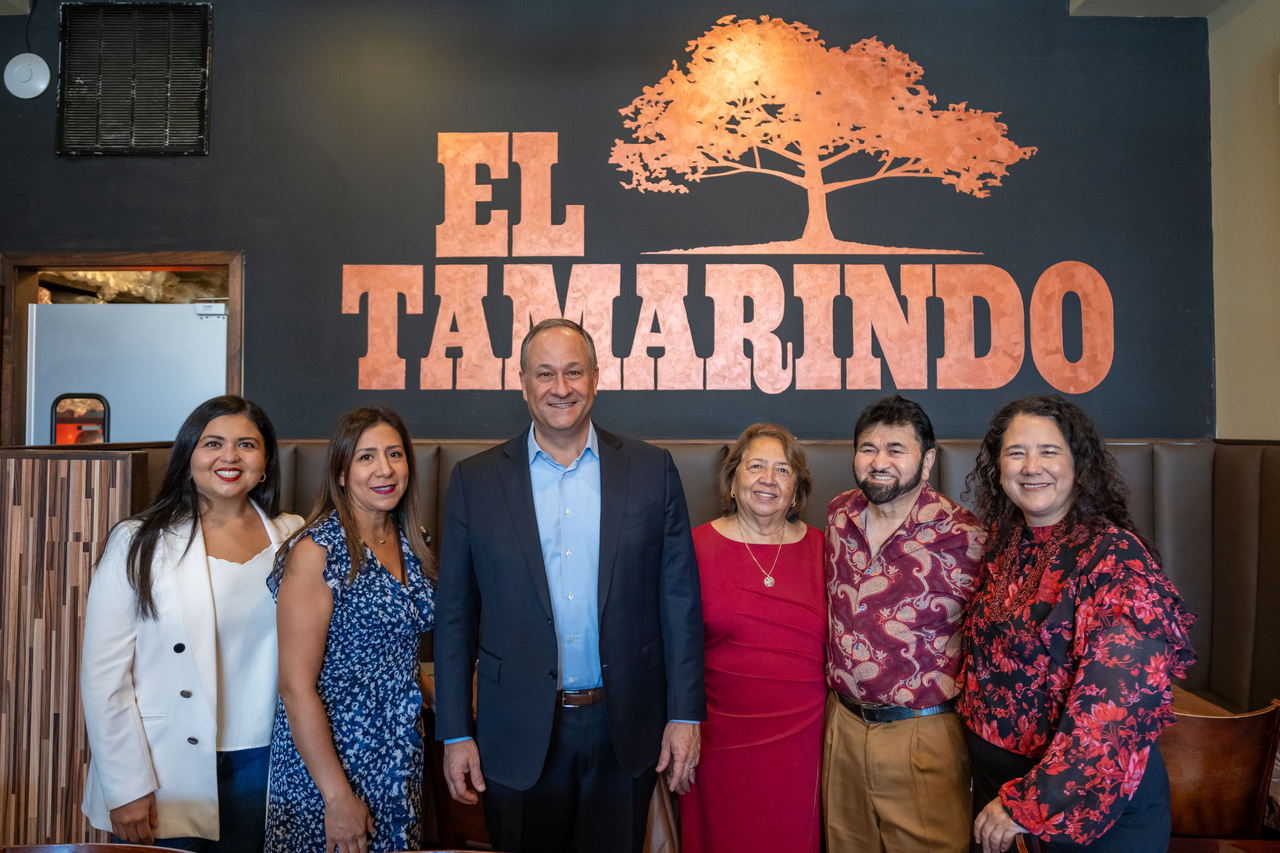
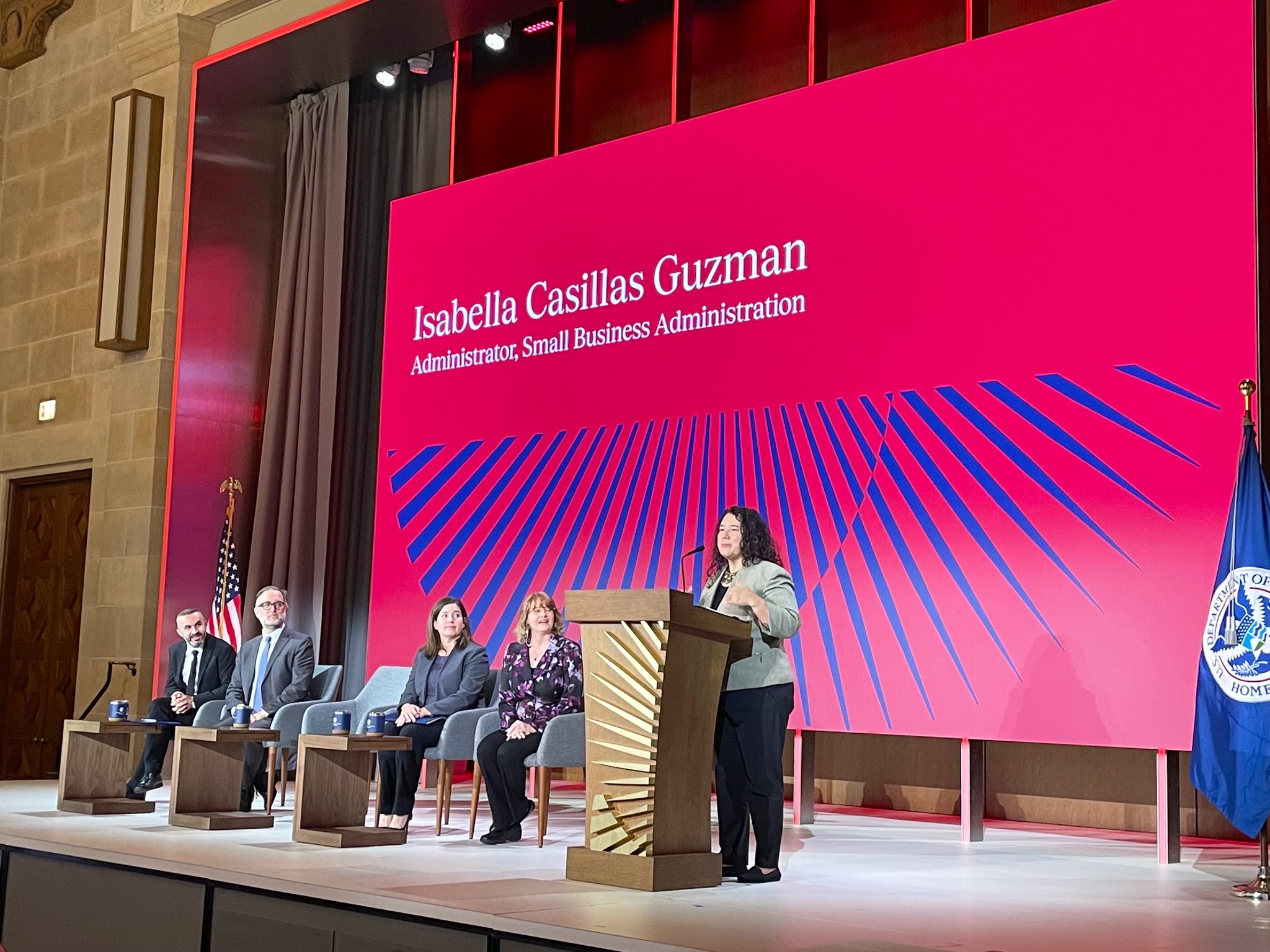

LEAVE A COMMENT:
Join the discussion! Leave a comment.